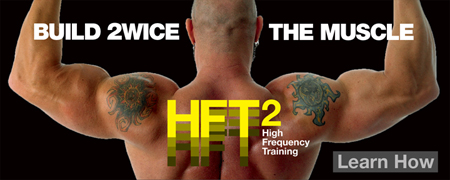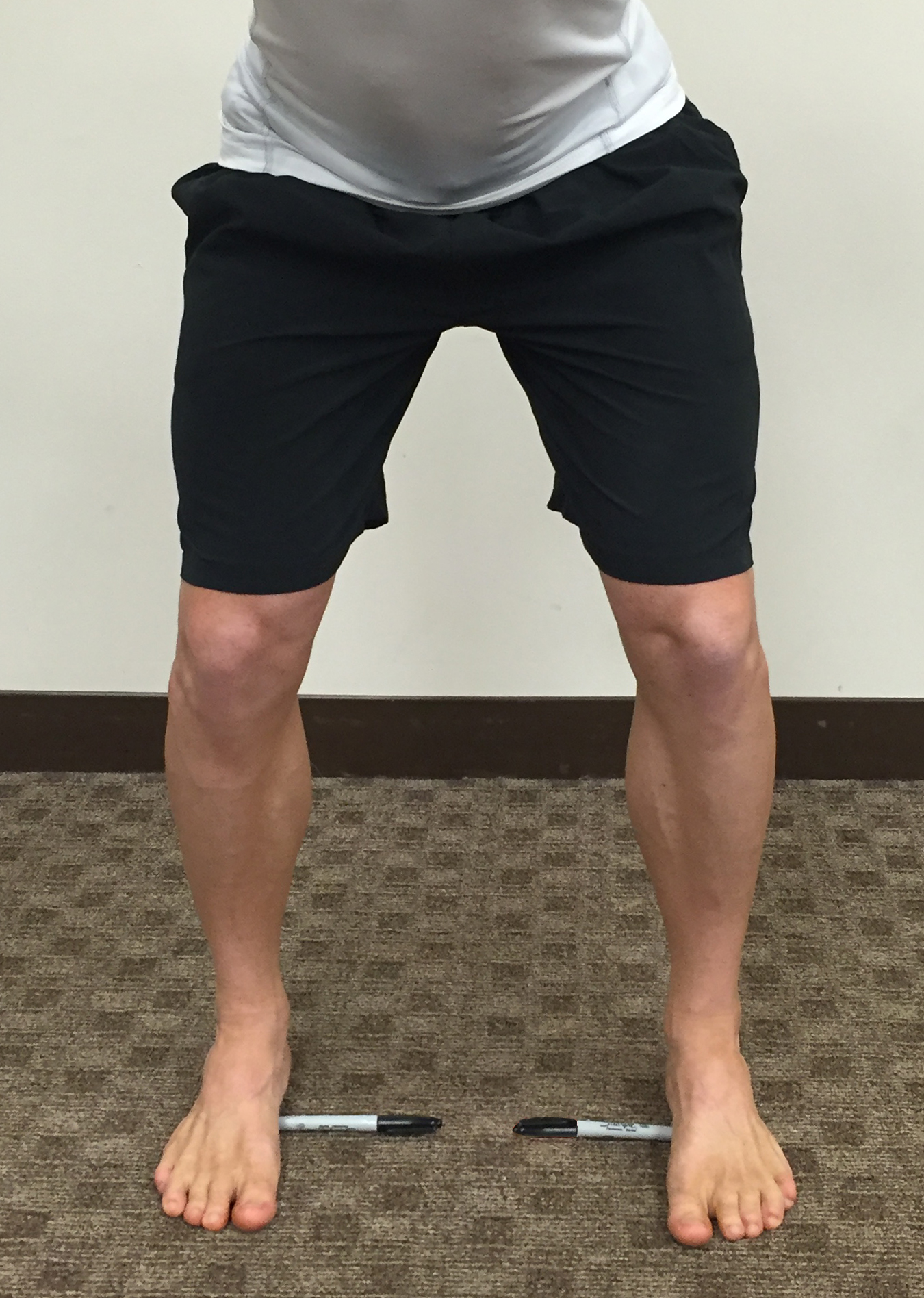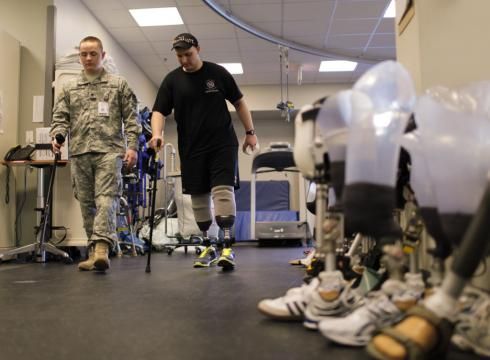Soldiers live by a mantra that can benefit us all: Take care of your feet first. And the legendary basketball coach, John Wooden, would devote the entire first practice of the season to teaching his players how to properly fit and lace their shoes.
Yep, performance starts from the ground up.
Each foot/ankle region has 26 bones, 33 joints, 107 ligaments and 19 muscles and tendons. When your feet and ankles are dysfunctional they can have far-reaching effects all the way up to your head. Indeed, research has demonstrated a link between a fallen arch (flat feet) and problems in the jaw.
Since your feet form the foundation of your skeletal structure, it’s imperative to keep them in proper alignment when training the squat and deadlift. Therefore, I’m going to outline two simple steps to help you stay in line from head to toe.
Ball Roll for the Plantar Fascia
Directly beneath the skin of the bottom of your feet is a thick, fibrous band of tissue that supports your foot’s skeletal structure. This is the plantar fascia and it often gets extremely stiff due to poor posture, movement and footwear.
Furthermore, the bottom of each foot contains approximately 150,000 nerve endings. When these nerve endings are stimulated with the ball roll they send a strong signal up your posterior chain to release excess tension. This can keep your calves, hamstrings and low back from restricting proper movement mechanics.
What you should do: At the beginning of your workouts, roll your shoeless feet (barefoot or with socks) over the top of a tennis, lacrosse or golf ball. I list the recommended balls in that order because they merge the spectrum from softest to hardest. Which one you use depends on your tissue tolerance. Importantly, the ball roll should not be painful – just a mild discomfort as you focus on the sorest, stiffest spots. Take deep, slow breaths during the ball roll and spend one minute on each foot.
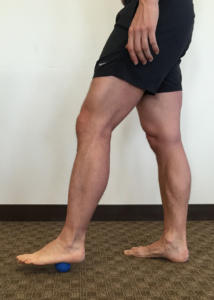
Now that the plantar fascia and posterior chain have been released of excess tension, it’s time to take one simple step to ensure your foot and ankle joints are in the proper position.
Marker Squat
A proper arch is essential for maintaining optimal biomechanics during the squat and deadlift. When the arch is aligned correctly, it also helps put all the joints above it – knees, hips and spine – in the ideal position. The most common problem is excess pronation of the feet, a dysfunctional position that’s created by muscle weakness and poor motor control in the ankle and foot joints.
What you should do: Start in your normal squat or deadlift stance, then roll your weight onto the outsides of feet while keeping the base of the big toes on the ground. If the base of your big toes aren’t on the ground you’ve created a new problem (excess supination in the foot/ankle region). So shift your weight on the outside of the feet while maintaining contact with the base of your big toes.
Once you’ve found the proper arch position, have a friend or trainer place the tip of a marker lightly against each arch. The tips of the markers will provide the tactile feedback so you can keep your feet in the ideal position when you squat or deadlift. You’ll be able to feel when your arches collapse because they will push into the markers.
Perform this drill without shoes for a few workouts to develop the proper motor control you need in the foot/ankle region to squat or deadlift with proper mechanics.
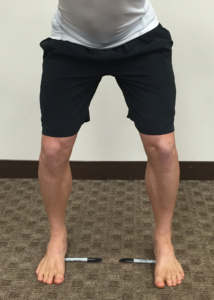
Now you have two simple steps that can help fix faulty biomechanics from head to toe.
Stay Focused,
CW
